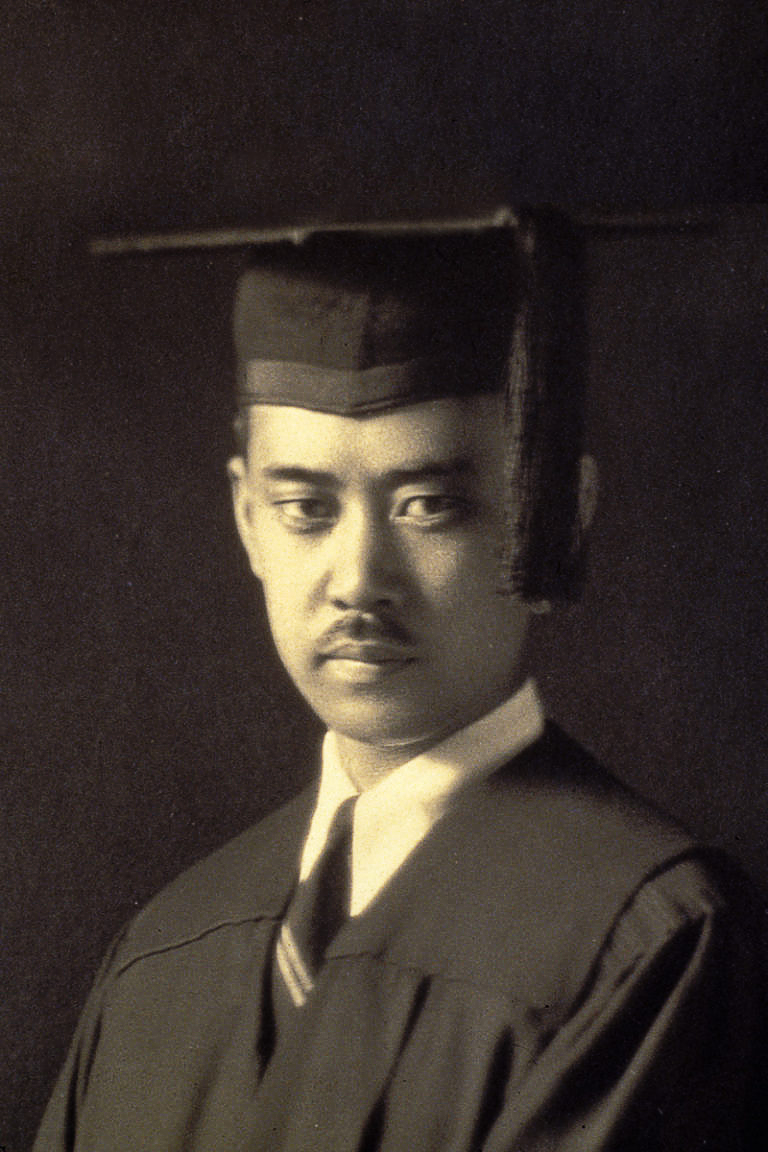George Nakashima
Mid-Century Modern Woodworker & Architect In his 20s, toting a Bachelor of Architecture degree from the University of Washington and a sheepskin from M.I.T. in Boston, George Nakashima embarked on a seven-year “seeker’s journey.” It was 1931 and the Great Depression was at its bleakest. He spent a year in France striking up a friendship with the urban planner and architect Le Corbusier as the two experimented with the Bauhaus style that was then seeping in from Germany melding crafts and fine art. He continued on to North Africa for a spell before sailing to Japan, the land of his ancestors.
In his 20s, toting a Bachelor of Architecture degree from the University of Washington and a sheepskin from M.I.T. in Boston, George Nakashima embarked on a seven-year “seeker’s journey.” It was 1931 and the Great Depression was at its bleakest. He spent a year in France striking up a friendship with the urban planner and architect Le Corbusier as the two experimented with the Bauhaus style that was then seeping in from Germany melding crafts and fine art. He continued on to North Africa for a spell before sailing to Japan, the land of his ancestors.
In Japan Nakashima immersed himself in Asian design, studying timber selection and joinery techniques. He found a position in Tokyo with Antonin Raymond, a Czech architect and collaborator with Frank Lloyd Wright on Japan’s Imperial Hotel. Nakashima was put in charge of constructing the sleeping quarters of an ashram in southern India. It was here that the “seeker” found his true calling – George Nakashima built his first piece of furniture.
Nakashima headed home to a life centered on woodworking in his native Washington state. Shortly after the attack on Pearl Harbor, however, the 37-year old Nakashima was forcibly imprisoned along with 120,000 other Japanese-Americans. Detained in the Idaho desert he teamed with master Japanese carpenter Gentaro Hikogawa to build whatever niceties they could to brighten up life in the internment camp. Scrap wood and desert brush was usually all that was available for them.
When Raymond learned about his former associate’s plight he engineered Nakashima’s early release, setting him up as a chicken farmer across the country on his property in New Hope. When he wasn’t plucking eggs from the hen boxes Nakashima fashioned objects from old barns and discarded material. After the war he set up his own modest shop in an abandoned cottage with no heat or running water. When Hans Knoll moved his popular furniture company to Pennsylvania in 1950 Nakashima designed several pieces for the studio.
As his circumstances improved (Nelson Rockefeller once commissioned 200 pieces for his house) George Nakashima was able to work with better cuts of lumber – Pennsylvania black walnut was a favorite – but he never lost his appreciation of the beauty of imperfection. A Nakashima slab free-edge table became an icon of modern design and his aesthetic philosophy made him one of the most influential woodworkers of the 20th century. After he died in 1990 his home, studio, and workshop in Bucks County were designated National Historic Landmarks. George’s daughter Mira, a renowned woodworker herself for over a half-century, continues the family legacy.

